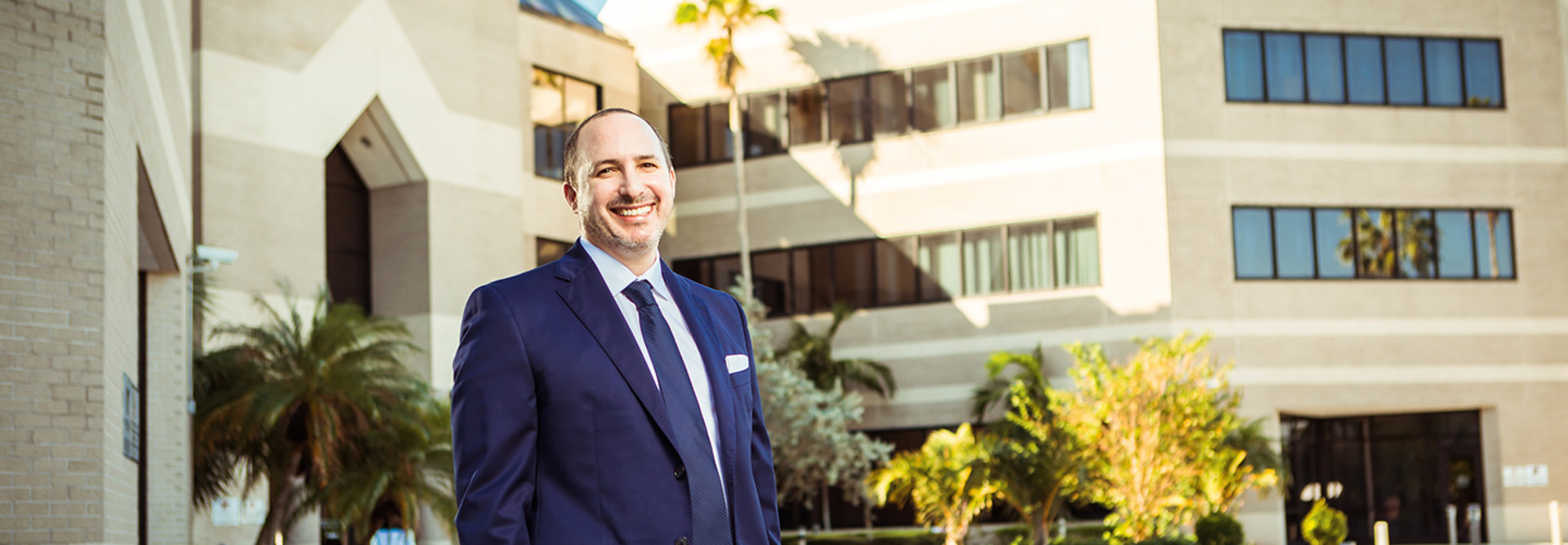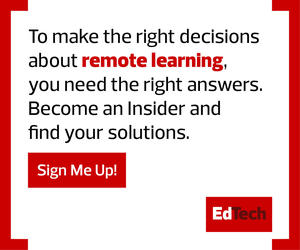EDTECH: How did the Trailblazer training translate into the district’s implementation of virtual learning environments?
MILLER: As part of the Trailblazer program, teachers get a day of training on the tech pieces. They also have to go through Google for Education certification and then pass the test to become a Google Certified Educator.
A lot of schools were already using Google Classroom as the de facto learning management system. Most of our secondary students would have had a Trailblazer as a teacher every year. Leading up to remote learning, we had more than 180,000 weekly users in the system, which is more than half of the student population. It made sense to expand that system across the district.
We wanted to leverage the capacity we had already built, and continue to use Google Classroom. We used the Trailblazers to train peers who hadn’t been using Classroom. After spring break, when we opened back up, there were stumbles, but if any district could have been well prepared for remote learning, it was ours because of the Trailblazer program.
EDTECH: The pandemic forced teachers who hadn’t already embraced technology to do so — at least enough to try to hold classes online. How has the Trailblazer program changed or adapted to support the tech integration needs of all teachers in online or hybrid classrooms?
MILLER: One of the tenets of the Trailblazer program is that we give teachers training, and then we gave them a set of Chromebooks to use in their classrooms. They had to go through the training and prove themselves to earn that. Another tenet we had is they would share with their peers who were not using technology. This helped proliferate the use of educational technology.












